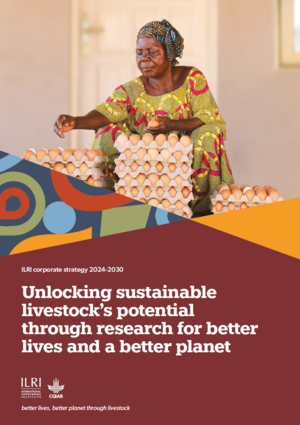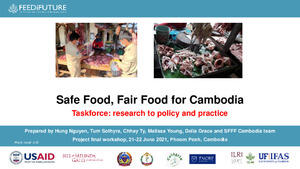
A global analysis of One Health Networks and the proliferation of One Health collaborations
Abstract
There has been a renewed focus on threats to the human–animal–environment interface as a result of the COVID-19 pandemic, and investments in One Health collaborations are expected to increase. Efforts to monitor the development of One Health Networks (OHNs) are essential to avoid duplication or misalignment of investments. This Series paper shows the global distribution of existing OHNs and assesses their collective characteristics to identify potential deficits in the ways OHNs have formed and to help increase the effectiveness of investments. We searched PubMed, Google, Google Scholar, and relevant conference websites for potential OHNs and identified 184 worldwide for further analysis. We developed four case studies to show important findings from our research and exemplify best practices in One Health operationalisation. Our findings show that, although more OHNs were formed in the past 10 years than in the preceding decade, investment in OHNs has not been equitably distributed; more OHNs are formed and headquartered in Europe than in any other region, and emerging infections and novel pathogens were the priority focus area for most OHNs, with fewer OHNs focusing on other important hazards and pressing threats to health security. We found substantial deficits in the OHNs collaboration model regarding the diversity of stakeholder and sector representation, which we argue impedes effective and equitable OHN formation and contributes to other imbalances in OHN distribution and priorities. These findings are supported by previous evidence that shows the skewed investment in One Health thus far. The increased attention to One Health after the COVID-19 pandemic is an opportunity to focus efforts and resources to areas that need them most. Analyses, such as this Series paper, should be used to establish databases and repositories of OHNs worldwide. Increased attention should then be given to understanding existing resource allocation and distribution patterns, establish more egalitarian networks that encompass the breadth of One Health issues, and serve communities most affected by emerging, re-emerging, or endemic threats at the human–animal–environment interface.
Citation
Mwatondo, A., Rahman-Shepherd, A., Hollmann, L., Chiossi, S., Maina, J., Kurup, K.K., Hassan, O.A., Coates, B., Khan, M., Spencer, J., Mutono, N., Thumbi, S.M., Muturi, M., Mutunga, M., Arruda, L.B., Akhbari, M., Ettehad, D., Ntoumi, F., Scott, T.P., Nel, L.H., Ellis-Iversen, J., Sönksen, U.W., Onyango, D., Ismail, Z., Simachew, K., Wolking, D., Kazwala, R., Sijali, Z., Bett, B., Heymann, D., Kock, R., Zumla, A. and Dar, O. 2023. A global analysis of One Health Networks and the proliferation of One Health collaborations. Lancet 401(10376): 605–616.







